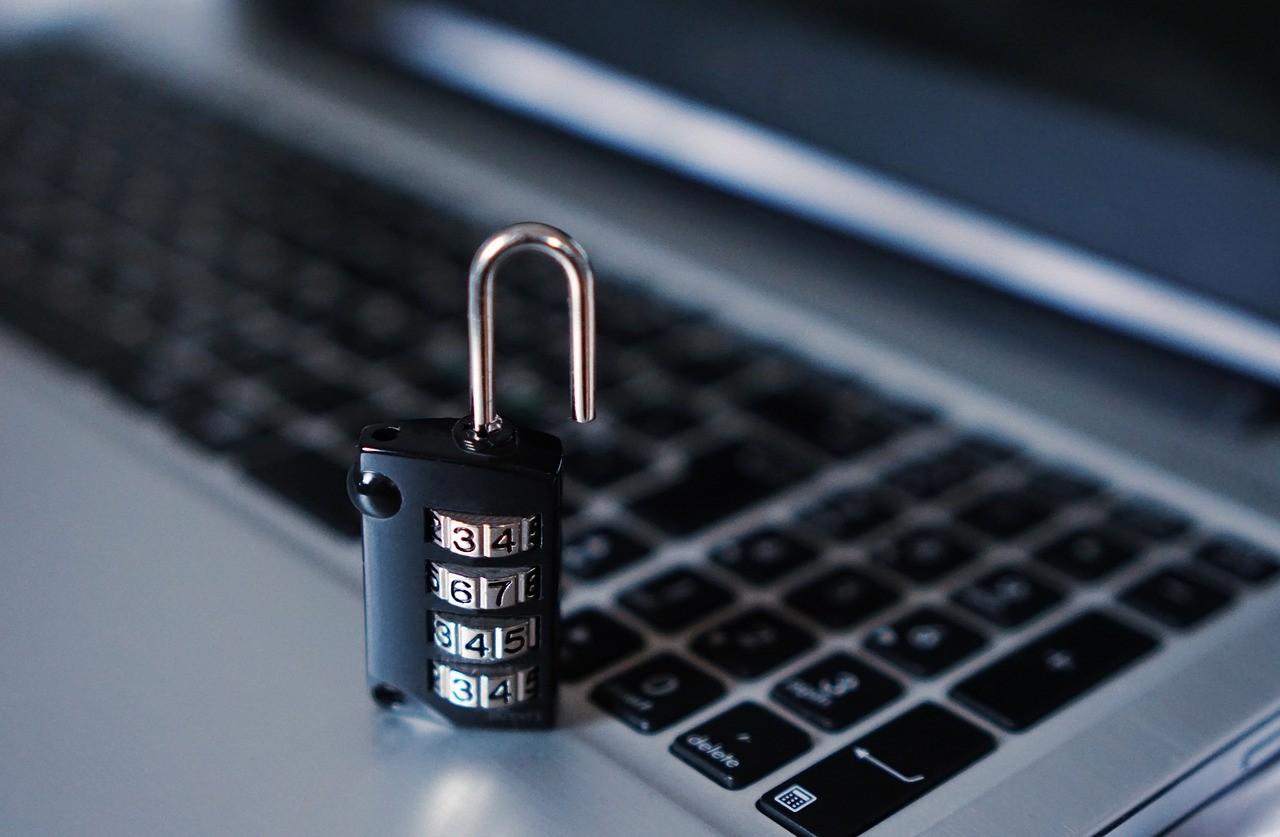 Written by Samuel Furnica, Cisilion’s Enterprise Presales Consultant
Written by Samuel Furnica, Cisilion’s Enterprise Presales Consultant
Making sure that your security processes and initiatives are reinforced in the event of a data breach or attack has always been a crucial part of any business. However, as more companies move towards a remote and hybrid working environment, handling cybersecurity and data has become increasingly vital.
According to a report on the Future of Secure Remote Work by Cisco, just under two-thirds (62%) of companies globally have over half of their workforce working from home currently, compared to just under a fifth (19%) doing so before Covid-19.
Additionally, Cisco’s study cites that 52% of the respondents have placed cybersecurity measures as the #1 priority and an impressive 96% have made changes to their policies as a result of the surge in remote and hybrid working.
Growth in Hybrid Working
Naturally, with such unprecedented growth in both remote and hybrid working, as well as the transition towards an almost entirely digital method of work, it is abundantly clear that companies should be focusing on nailing down cybersecurity practices to provide a sense of relief in their day-to-day running of the business.
Since, there has been a significant increase in the use of cloud-based technologies, digitisation, and use of personal devices, with a 73% increase in the adoption of collaboration tools. In turn, 85% of respondents to the study had cited that the importance of cybersecurity has grown to becoming extremely and more important than prior recent months.

Transition to Cloud-Based Technology Accelerates
Whilst the transition towards cloud-based technologies has been incredibly beneficial in terms of productivity and efficiency, the necessity of greater protection of information, identity and against threat remains at the core of many business’ post-Covid strategies – particularly as it is becoming increasingly unlikely that people will be heading back to the office for the full work week from here on out.
Enforcing an MFA (Multi-factor authentication) process such as Microsoft’s two-factor authentication, Cisco’s ‘Duo’ MFA, and Microsoft Windows Hello are the tip of the iceberg of the technologies that will be able to assist with these protocols.
Where there was once a single password required, this allowed for more successful phishing attacks and security breaches, with Microsoft approximating that 24% of passwords are often reused. Since the move away from the office, security and data breaches are becoming more commonplace. To combat this issue, Microsoft 365 allows for a phone-based authenticator which allows for two-factor authentication to access corporate resources.
The greater use of personal devices will bring about higher vulnerabilities with regards to security – particularly whether the device itself has malware, which may relay onto infiltrating and infecting the greater network.

Achieving Advanced Protection
Microsoft have in turn encouraged the use of the Azure Active Directory (AD) with Microsoft Intune to create a management solution that can check the health of the device – from monitoring for malware to ensuring that the latest security updates are running and encrypting the device with a strong password.
In order to protect against threats, Microsoft have also implemented an antivirus solution, Windows Defender Advanced Threat Protection (ATP), which is designed to block malicious behaviour. The technology uses machine learning, investigating through automated processes that can pick out malicious codes before it becomes detrimental.
Similarly, Cisco’s Advanced Malware Protection for Endpoints (AMP) – powered by Cisco Talos – is designed to protect and respond to threats at the point of entry. The automated threat response allows for a variety of attack prevention techniques using one-click isolation of an infected endpoint, providing an integrated security solution that can bring blind spots to light.
You and your workforce deserve to work securely from anywhere, with the relief that you are in safe hands. There are a variety of additional tools available for you to find the best solution to keep your company secure, from Microsoft’s Office 365 Data Loss Prevention (DLP) tool, Windows Defender ATP antivirus solutions, Office 365 Advanced Threat Protection, to Cisco’s Umbrella, Duo and AnyConnect tools.
Your Next steps
Fill in the form below to get in contact with us and find out the best solution for your company below:
